Doctor Sanada treats gangster Matsunaga after he is wounded in a gunfight, and discovers that he is suffering from tuberculosis. Sanada tries to convince Matsunaga to stay for treatment, which […]
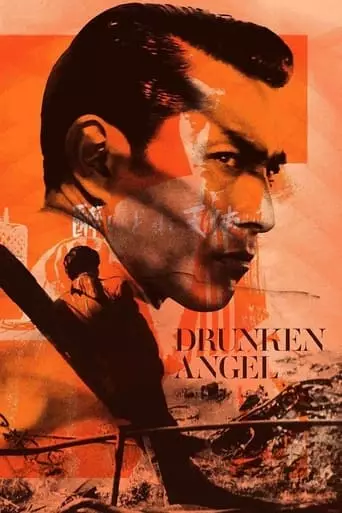
Doctor Sanada treats gangster Matsunaga after he is wounded in a gunfight, and discovers that he is suffering from tuberculosis. Sanada tries to convince Matsunaga to stay for treatment, which […]

In this loose adaptation of “Hamlet,” illegitimate son Kôichi Nishi climbs to a high position within a Japanese corporation and marries the crippled daughter of company vice president Iwabuchi. At […]
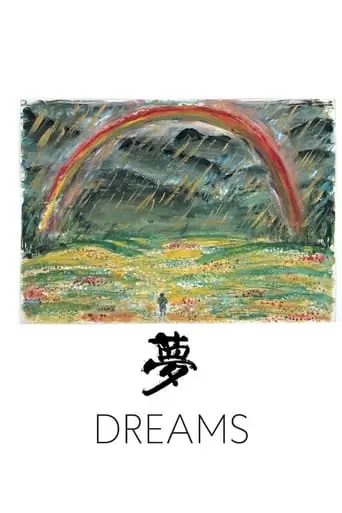
A collection of magical tales based upon the actual dreams of director Akira Kurosawa.
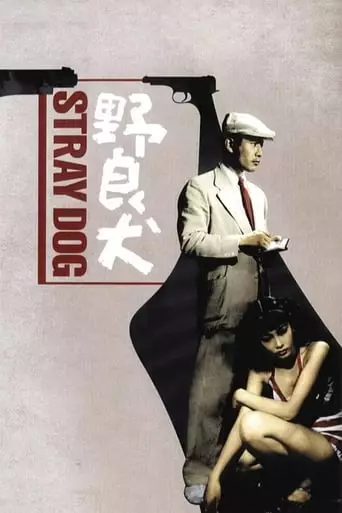
A bad day gets worse for young detective Murakami when a pickpocket steals his gun on a hot, crowded bus. Desperate to right the wrong, he goes undercover, scavenging Tokyo’s […]
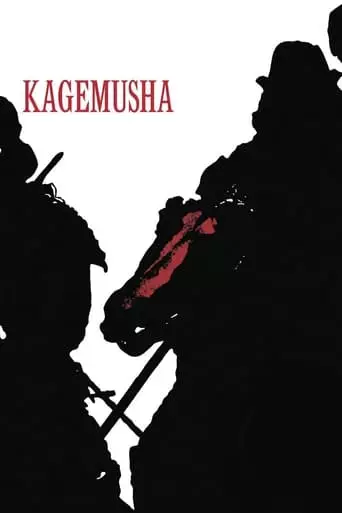
Akira Kurosawa’s lauded feudal epic presents the tale of a petty thief who is recruited to impersonate Shingen, an aging warlord, in order to avoid attacks by competing clans. When […]
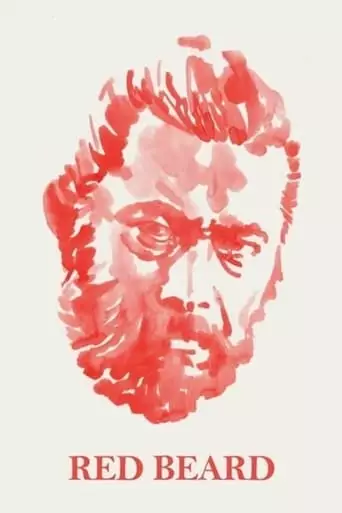
Aspiring to an easy job as personal physician to a wealthy family, Noboru Yasumoto is disappointed when his first post after medical school takes him to a small country clinic […]
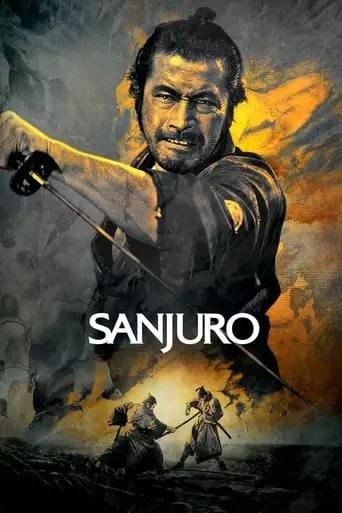
Toshiro Mifune swaggers and snarls to brilliant comic effect in Kurosawa’s tightly paced, beautifully composed “Sanjuro.” In this companion piece and sequel to “Yojimbo,” jaded samurai Sanjuro helps an idealistic […]
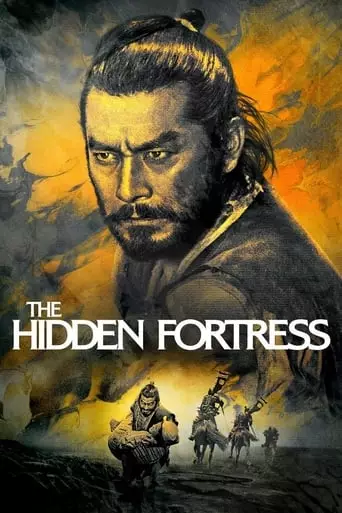
In feudal Japan, during a bloody war between clans, two cowardly and greedy peasants, soldiers of a defeated army, stumble upon a mysterious man who guides them to a fortress […]
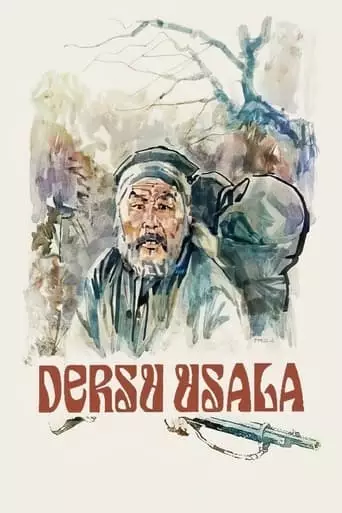
A military explorer meets and befriends a Goldi man in Russia’s unmapped forests. A deep and abiding bond evolves between the two men, one civilized in the usual sense, the […]
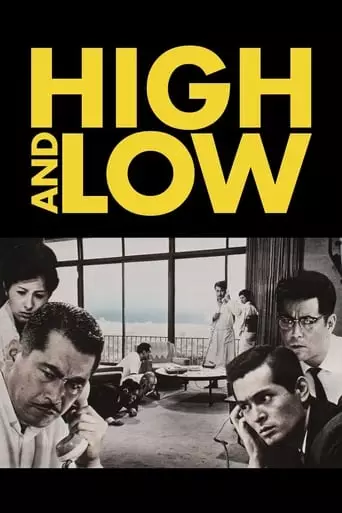
A shoe company executive who has mortgaged everything he has becomes a victim of extortion when his chauffeur’s son is kidnapped and is conflicted over whether he should pay the […]
Akira Kurosawa: The Maestro of World Cinema
Akira Kurosawa (1910–1998) is widely regarded as one of the greatest filmmakers in the history of cinema. A visionary director, screenwriter, and editor, Kurosawa’s work transcends cultural and linguistic boundaries, influencing countless filmmakers across the globe. Known for his masterful storytelling, innovative techniques, and profound exploration of human nature, Kurosawa’s films, such as Rashomon (1950), Seven Samurai (1954), Ikiru (1952), and Ran (1985), remain essential cornerstones of cinematic artistry.
Early Life and Path to Filmmaking
Akira Kurosawa was born on March 23, 1910, in Tokyo, Japan. Growing up during a time of significant cultural shifts, Kurosawa was deeply influenced by both traditional Japanese art and Western literature and cinema.
After initially pursuing painting, Kurosawa transitioned to the film industry in 1936, joining P.C.L. (later Toho Studios) as an assistant director. His artistic sensibilities and keen storytelling instincts quickly earned him recognition, leading to his directorial debut with Sanshiro Sugata (1943), a martial arts drama that hinted at his future greatness.
A Career Defined by Masterpieces
Breakthrough: Rashomon (1950)
Kurosawa achieved international acclaim with Rashomon, a groundbreaking film that explores the subjective nature of truth through the conflicting accounts of witnesses to a crime. Its innovative narrative structure, featuring flashbacks and unreliable narrators, captivated audiences and critics alike.
Rashomon won the Golden Lion at the Venice Film Festival and an honorary Academy Award, introducing Japanese cinema to the West and establishing Kurosawa as a global filmmaking icon.
The Epic: Seven Samurai (1954)
Considered one of the greatest films ever made, Seven Samurai is a sweeping tale of honor, sacrifice, and camaraderie. The story follows a group of samurai hired to protect a village from bandits, blending thrilling action with deep emotional resonance.
Kurosawa’s use of dynamic camera movement, long lenses for action sequences, and meticulous attention to detail set new standards for epic storytelling. The film inspired numerous adaptations, including Hollywood’s The Magnificent Seven (1960).
The Human Condition: Ikiru (1952)
In Ikiru, Kurosawa turned his focus inward, crafting a poignant story about a bureaucrat (played by Takashi Shimura) grappling with his mortality after a terminal cancer diagnosis. This intimate character study is a meditation on life’s meaning and the pursuit of purpose, showcasing Kurosawa’s ability to blend universal themes with deeply personal storytelling.
Signature Style and Innovations
Kurosawa’s directorial style was both technically innovative and emotionally profound, characterized by several distinctive elements:
Dynamic Visual Composition: Kurosawa mastered the use of weather, movement, and framing to enhance storytelling. Scenes with rain, wind, or snow added atmosphere and intensity, as seen in Throne of Blood (1957) and Ran.
Wipe Transitions: He popularized the use of wipe transitions to seamlessly shift between scenes, a technique later adopted by filmmakers like George Lucas in Star Wars.
Ensemble Casts: Kurosawa often worked with a core group of actors, including Toshiro Mifune and Takashi Shimura, whose performances brought depth and energy to his films.
Moral Complexity: His characters frequently grapple with ethical dilemmas, reflecting his humanistic outlook and deep understanding of human nature.
Universal Appeal and Influence
Kurosawa’s work transcended cultural boundaries, influencing generations of filmmakers worldwide. Directors such as George Lucas, Martin Scorsese, Steven Spielberg, and Francis Ford Coppola have cited Kurosawa as a profound inspiration.
Adaptations and Homages: Films like The Magnificent Seven, A Fistful of Dollars, and even Star Wars borrow heavily from Kurosawa’s themes, characters, and narrative structures.
Impact on Global Cinema: Kurosawa’s blending of Eastern and Western storytelling techniques created a universal cinematic language that resonated across cultures.
Later Career and Challenges
Kurosawa’s career was not without challenges. By the 1960s, shifting industry trends and financial difficulties made it harder for him to secure funding for his ambitious projects. Despite these setbacks, he continued to create masterpieces, including:
Dersu Uzala (1975): A Soviet-Japanese co-production that won the Academy Award for Best Foreign Language Film.
Kagemusha (1980): A visually stunning epic about feudal Japan, supported by George Lucas and Francis Ford Coppola.
Ran (1985): A grand adaptation of Shakespeare’s King Lear, infused with Kurosawa’s signature visual and emotional intensity.
Legacy and Recognition
Kurosawa’s contributions to cinema earned him numerous accolades, including:
The Academy Honorary Award (1990) for his lifetime achievements.
The Golden Lion at Venice and multiple prizes from the Cannes Film Festival.
The admiration of filmmakers and audiences worldwide, ensuring his films remain timeless.
Conclusion
Akira Kurosawa’s films are more than just cinematic masterpieces—they are profound explorations of humanity’s struggles, triumphs, and moral complexities. Through his visionary storytelling and technical brilliance, Kurosawa bridged cultural divides, bringing Japanese cinema to the global stage and shaping the future of filmmaking.
Kurosawa once said, “To be an artist means never to avert one’s eyes.” His work reflects this philosophy, unflinchingly examining the human condition with a sense of hope, compassion, and artistry that continues to inspire and resonate.